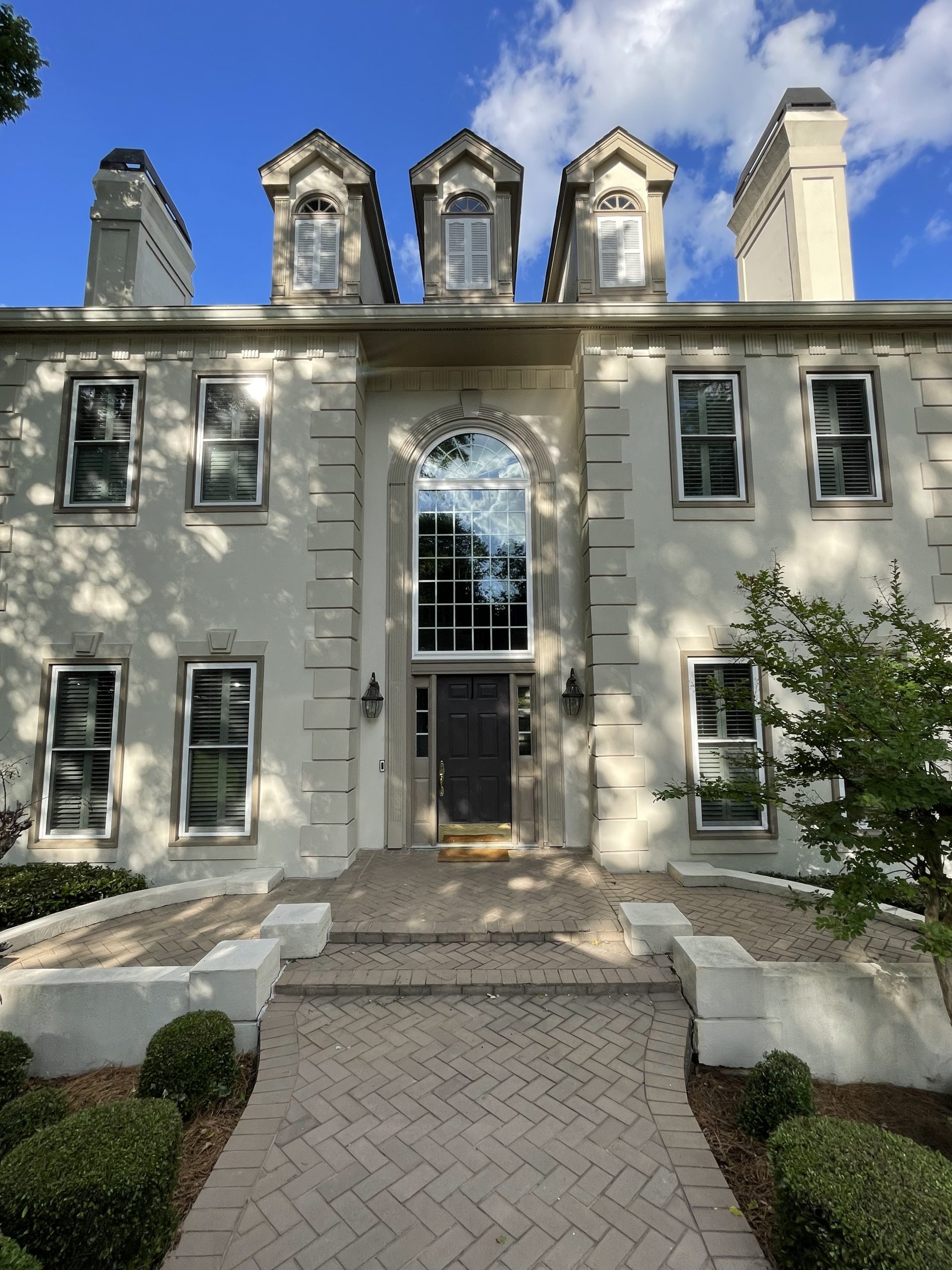Windows and doors are essential components of any home, contributing to its aesthetics, security, and energy efficiency. However, they don’t last forever. Knowing when to replace them can save you money in the long run and enhance the comfort and value of your home. In this article, we will explore the key signs that indicate it’s time to replace your windows and doors.
1. Difficulty Opening and Closing
One of the most obvious signs that it’s time to replace your windows and doors is difficulty in opening and closing them. This issue can arise from several causes:
- Warped Frames: Wood frames can warp over time due to moisture exposure, making them difficult to operate.
- Rust and Corrosion: Metal components, such as hinges and locks, can rust or corrode, impeding smooth operation.
- Swollen Seals: Seals can swell or become stuck, making it hard to open or close windows and doors properly.
Solution: If you’re experiencing these issues, it might be time to consider replacing your windows and doors with newer, more functional models.
2. Drafts and Poor Insulation
Feeling drafts around your windows and doors is a clear indicator that they are no longer providing an adequate seal. This can lead to:
- Increased Energy Bills: Drafty windows and doors allow heated or cooled air to escape, making your HVAC system work harder.
- Uncomfortable Living Conditions: Drafts can make certain areas of your home uncomfortable to sit in due to temperature fluctuations.
Solution: Replacing old, drafty windows and doors with energy-efficient models can help reduce energy costs and improve indoor comfort.
3. Condensation Between Glass Panes
Condensation or fogging between the glass panes of double- or triple-glazed windows signifies a broken seal. This problem can lead to:
- Reduced Energy Efficiency: Broken seals allow moisture to enter, compromising the insulating properties of your windows.
- Mold and Mildew Growth: Persistent moisture can promote mold and mildew growth, which can affect indoor air quality and health.
Solution: Windows with broken seals should be replaced to restore energy efficiency and prevent moisture-related issues.
4. Visible Damage and Decay
Physical damage to windows and doors is a clear sign that replacement is necessary. Look for:
- Cracked or Broken Glass: Compromises security and insulation.
- Rotting Wood: Indicates moisture damage and weakens the structural integrity of frames.
- Warped or Bent Frames: Can affect the alignment and operation of windows and doors.
Solution: Replace damaged windows and doors to ensure safety, functionality, and aesthetic appeal.
5. Increased Noise Pollution
If you notice that outside noise is more audible inside your home, your windows and doors may no longer provide adequate sound insulation. This can be due to:
- Thin Glass: Older windows often have single-pane glass, which does not block noise effectively.
- Poor Seals: Worn seals allow more sound to enter the home.
Solution: Upgrading to double- or triple-glazed windows with modern insulating technologies can significantly reduce noise pollution.
6. Fading Furniture and Flooring
Excessive sunlight entering your home through windows can cause your furniture, carpets, and flooring to fade over time. This is often due to:
- Lack of UV Protection: Older windows may not have UV-resistant coatings that help protect your interior from sun damage.
Solution: Replacing your windows with models that have low-emissivity (Low-E) glass can help block harmful UV rays, protecting your home’s interior.
7. Outdated Style and Appearance
Sometimes, the need to replace windows and doors is driven by aesthetics. Outdated windows and doors can detract from your home’s overall appearance and curb appeal. Consider replacement if:
- Design is Outdated: Old-fashioned styles can make your home look dated.
- Mismatched Elements: Renovations or additions can leave windows and doors looking mismatched with the rest of the home.
Solution: New windows and doors can enhance the look of your home, providing a fresh and cohesive appearance.
8. Poor Functionality and Security
Windows and doors play a crucial role in home security. If they no longer function properly, your home’s safety could be compromised:
- Broken Locks and Latches: Old, worn-out locking mechanisms are easier for intruders to bypass.
- Weak Frames: Damaged or deteriorating frames can be easily forced open.
Solution: Modern windows and doors come with advanced security features that enhance your home’s protection.
9. High Maintenance Requirements
Older windows and doors often require more maintenance to keep them looking good and functioning properly. Signs of high maintenance include:
- Frequent Painting or Staining: Wooden frames need regular upkeep to prevent rot and decay.
- Constant Repairs: Constantly fixing small issues can be time-consuming and costly.
Solution: Low-maintenance materials, such as vinyl or fiberglass, can reduce the time and effort needed to keep your windows and doors in good condition.
10. Poor Energy Efficiency
If you’ve noticed a steady increase in your energy bills, your windows and doors might be to blame. Inefficient windows and doors can cause significant heat loss in the winter and heat gain in the summer. Key indicators include:
- Single-Pane Windows: These are less efficient compared to double- or triple-pane alternatives.
- Lack of Insulation: Older frames may lack the necessary insulation to keep your home comfortable.
Solution: Investing in energy-efficient windows and doors can improve your home’s insulation, reduce energy costs, and increase comfort.
Conclusion
Replacing windows and doors is a significant investment, but it’s one that can pay off in terms of improved comfort, energy efficiency, security, and aesthetics. By recognizing the signs that it’s time for a replacement, you can take proactive steps to enhance your home’s value and functionality. Whether it’s difficulty in operation, drafts, visible damage, or high maintenance demands, addressing these issues promptly can help you enjoy a more comfortable and energy-efficient home.

